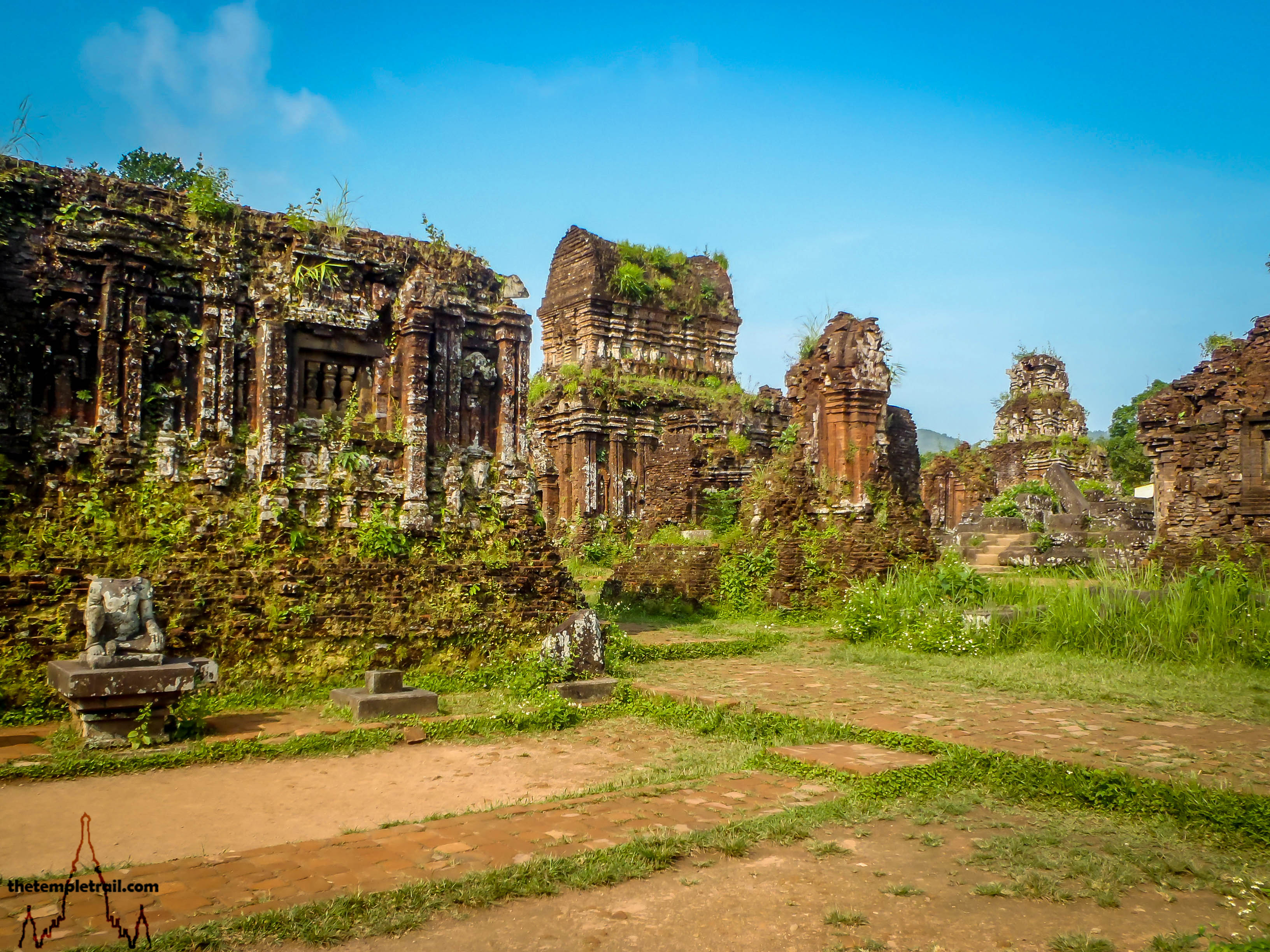After negotiating with the songthaew driver in Chiang Mai, you begin your winding journey up Doi Suthep Mountain. The road is lined with bursts of thick jungle and impossible drop offs. As you ascend, the temperature begins to fall. The humid heat of Chiang Mai dissipates and a freshness envelops you as you climb higher and higher up the mountain. After half an hour of hairpin bends and upward momentum, the songthaew stops at the foot of a set of stairs that continue to take you to the top. Flanked by Nagas, you begin, step by step to go higher up the mountain. Legs burning, you keep putting one foot in front of the other until a twinkling catches your eye. With each step a lavish Lanna-style golden chedi comes into focus. You are almost there. Soon you will be at the summit and at Wat Phrathat Doi Suthep.
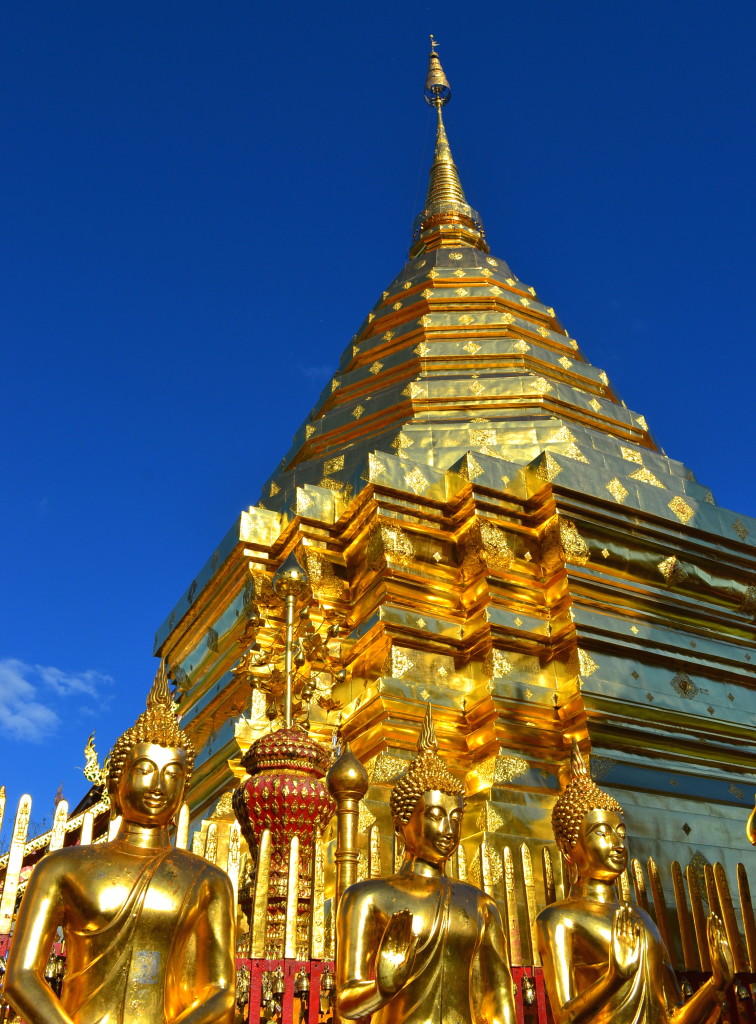
The small, but beautifully formed Wat Phrathat Doi Suthep is one of the most important Buddhist pilgrimage sites in Thailand. Founded in 1383, it is an impressive temple to behold. The main focal point is the chedi (stupa) that is said to house a piece of Buddha’s shoulder bone. It is a medium sized copper chedi that is gold plated, as are most important chedis in Thailand, and it catches the sun in a way that blinds you when you look directly at it. The legend goes that the king of the Kingdom of Lanna placed the shoulder bone relic on the back of a sacred royal white elephant that then climbed the mountain and died on the spot that the chedi is built on. A statue of the elephant is the first thing that greets you when you enter the outer compound upon arriving at the top of the Naga staircase. The statue is adored by the worshipers and marks the corner of the wall that contains the inner sanctum.
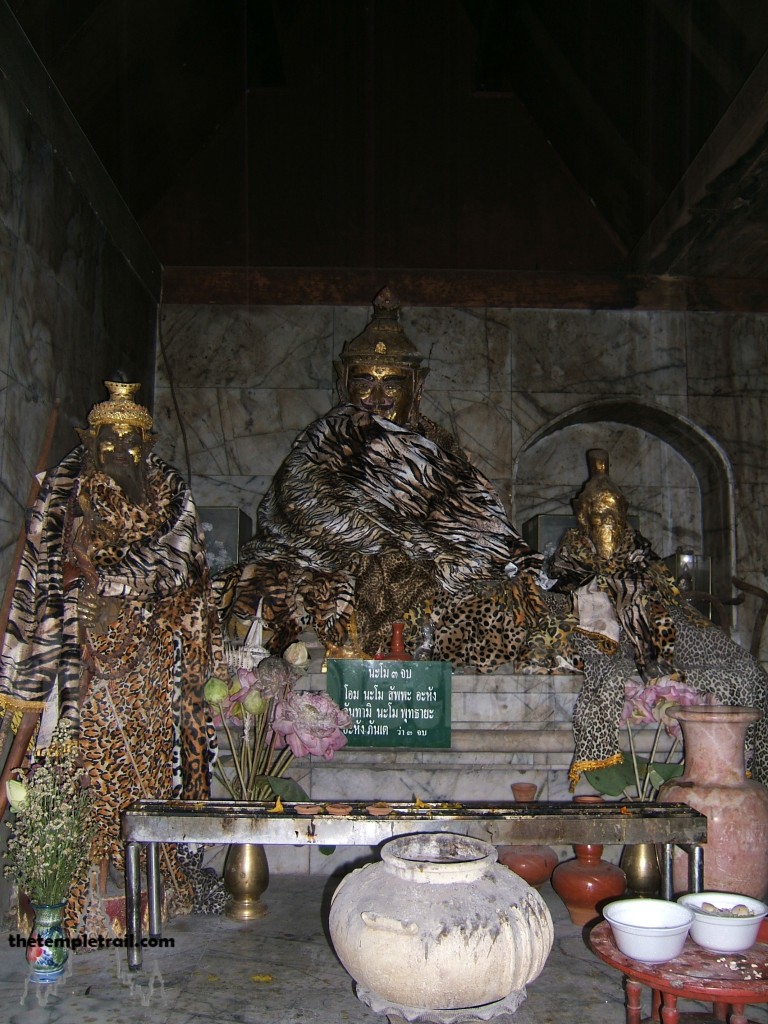
Upon entering the outer compound, it is easy to be overwhelmed. It is a compact temple, but it is filled with wiharns (prayer halls) and other buildings. Immediately to the right of the statue of the white elephant is a small shrine to Sudeva, the hermit that lived on the mountain that was subsequently named after him. To his right, and sandwiching the entrance is a small shrine to Brahma. It is very common in Thai temples to see representations of Brahmanic deities such as Brahma, Shiva and Ganesha, so it is not unusual to see one here along with a statue of Ganesha guarding the entranceway.
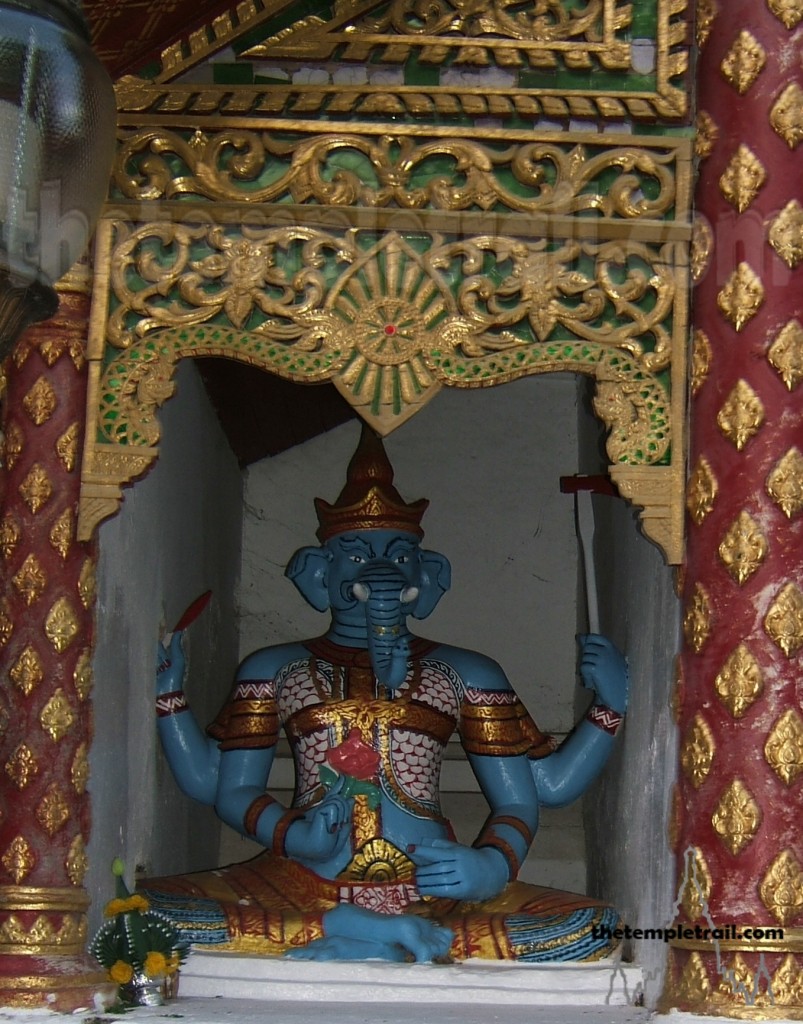
Double backing on yourself and beginning a circumnavigation of the compound in a clockwise direction will take you past the elephant and around the corner to the ubosot (ordination hall). It is small, but quite pretty. Past the museum at the back of the temple, you come to the view point that affords you a spectacular view of Chiang Mai and its surrounds. You can make out the layout of the city and the temples of Chiang Mai that stand out in the low-rise cityscape. After the viewpoint is a wooden wiharn built to honour King Kuena: the king of the Lanna Kingdom who commissioned the temple.
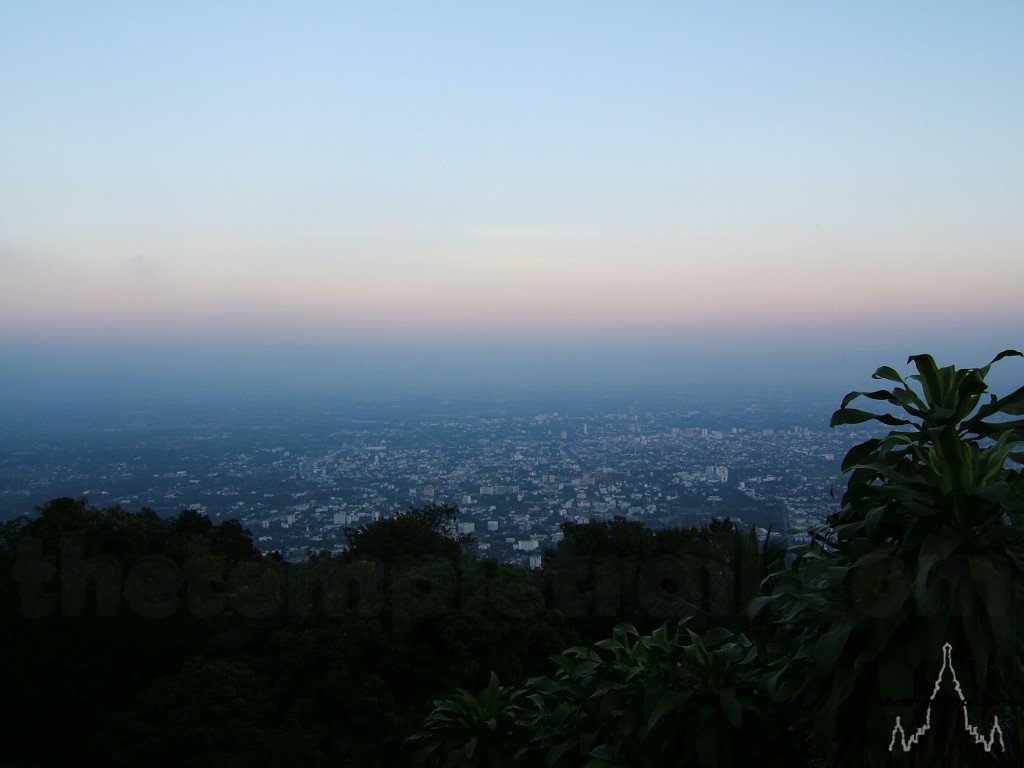
Completing the circle, you are back at the start and walk through the entrance between the hermit and Brahma. As you do this you are overseen by a statue of Phra Kru Ba Sri Vichai Sirvichaiyo; the monk who organized the local villagers to build the road up the mountain. Each village in the area built a section of the road and, thanks to his planning, the temple is now accessible to everyone, not just the super-fit. After removing your shoes, you finally walk through the main Phrabudha Wiharn and into the sanctum sanctorum.
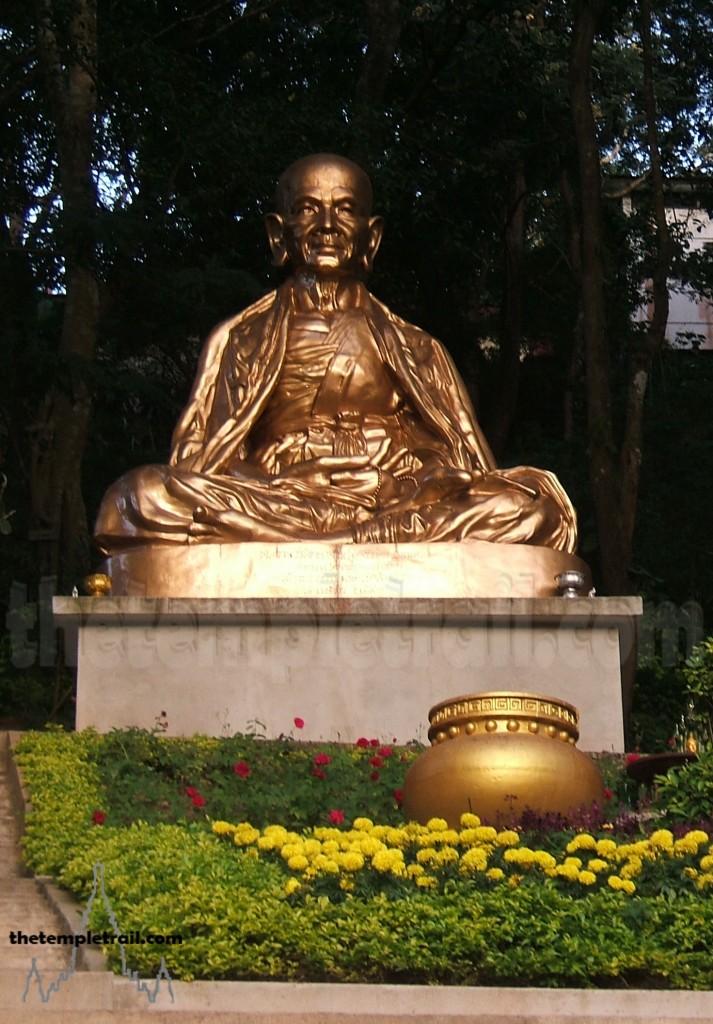
You are now next to the chedi. It fills the inner sanctum and leaves you only a narrow passageway between it and the wall. Circumnavigating the chedi clockwise brings you past the small Aun Muang Wiharn, a bigger wiharn at the back and the Tan Jan Wiharn. There is one wiharn for each wall, so even though it is a condensed temple, it is tightly packed with buildings.
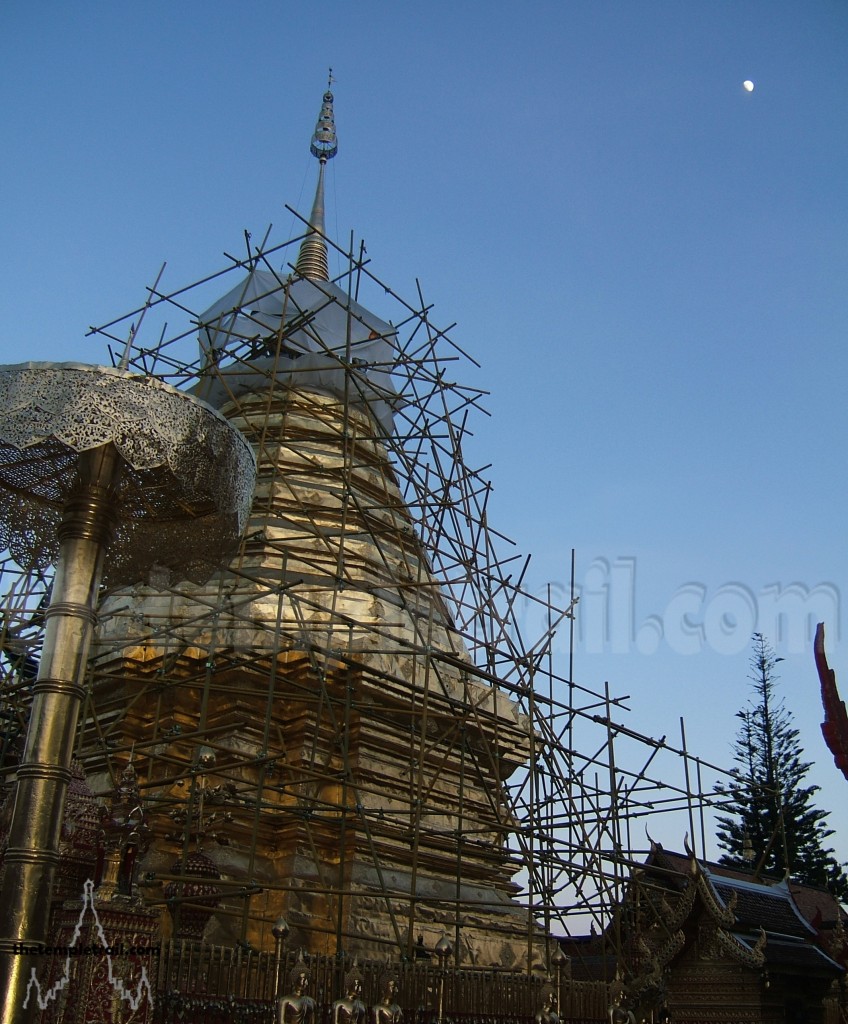
As you wander shoeless around the inner temple compound, you see monks blessing the groups of visitors with holy water and giving out sai sin (sacred threads). Clouds of smoke from joss sticks blur your vision as you meander through the crowds of the faithful. Doi Suthep has an aura of holiness. It hums with energy and life. It is a shining beacon atop a beautiful forested mountain that broadcasts light out to the surrounding hills and valleys. After soaking up the atmosphere for a while and taking some time to meditate or just stroll aimlessly in your own thoughts, you make your way out and back down the Naga staircase.
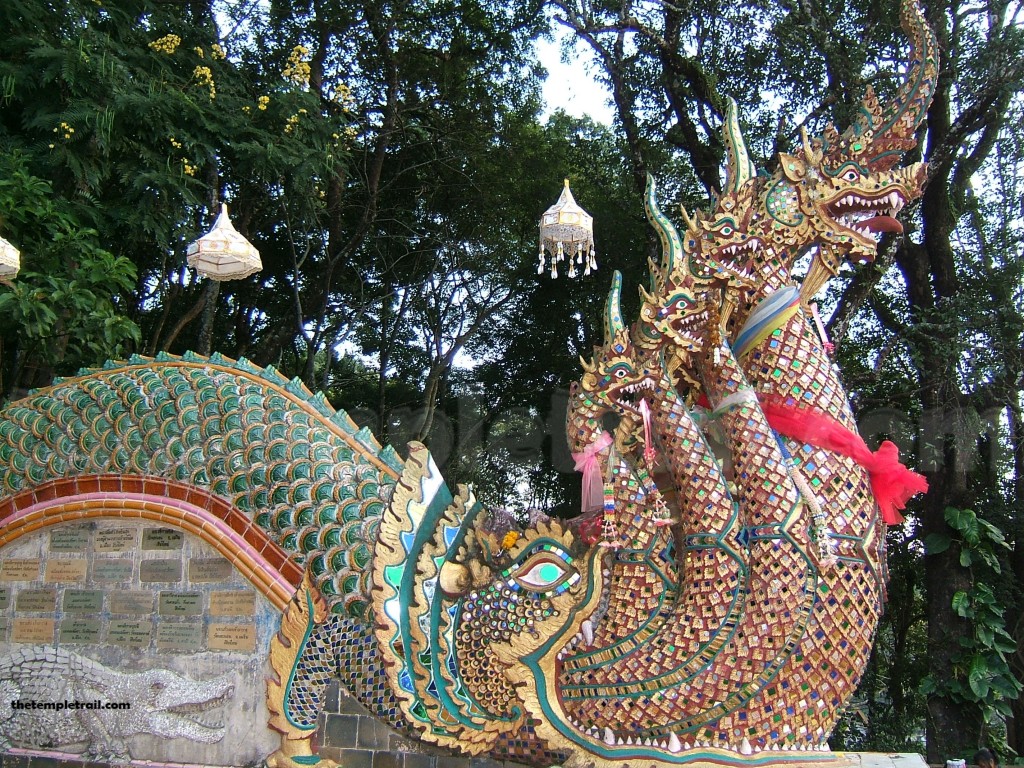
At the bottom you find your driver who is smoking a cigarette and playing an illicit game of cards with some of the other songthaew drivers. He sees you, quickly cashes in and comes bounding over to you with a grin on his face. The time you took is irrelevant to him. He would happily while his day away with his friends in the car park. On the way back down the snaking road, you feel that you have exchanged something with the temple and mountain. A small piece of you has stayed on the peak and a small piece of it will go with you back down to the city. The sai sin tied around your wrist is a memento that will last until it falls off a few months later, but your memories will last a lot longer.
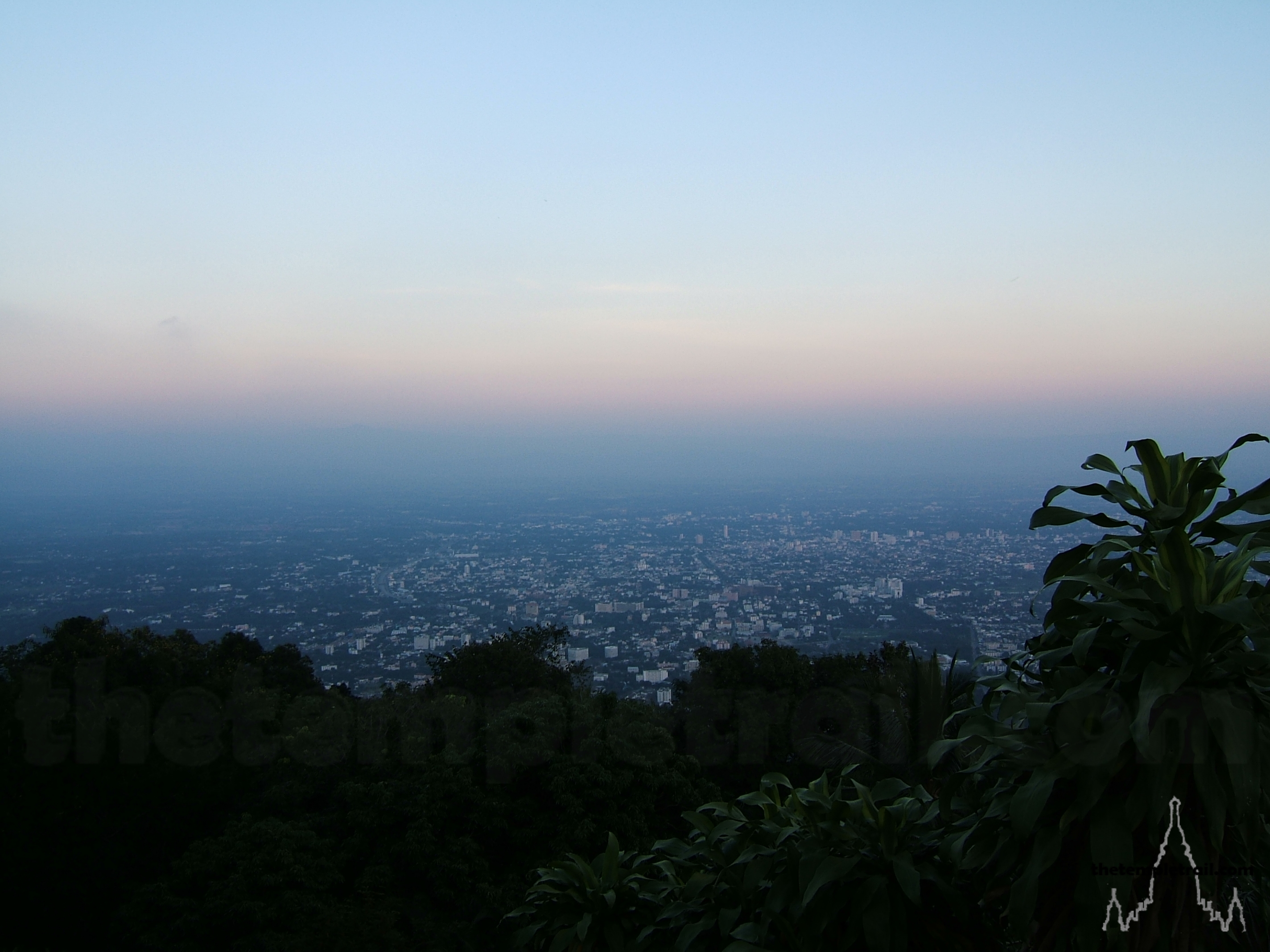
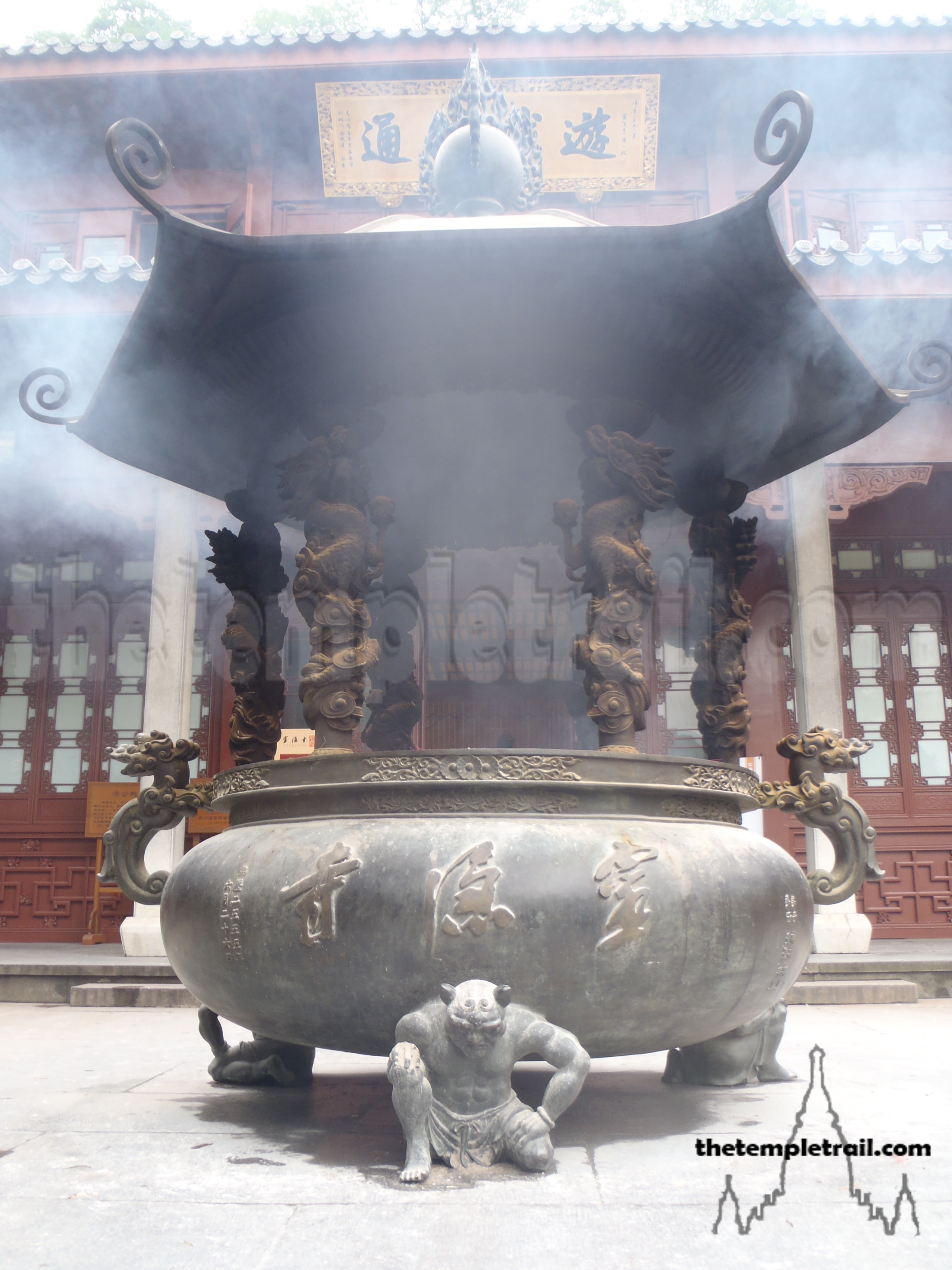 Lingyin Temple
Lingyin Temple